Need a fresh fragrance for spring? Jo Malone recently launched London Blooms, three new colognes, inspired by the British garden: Iris & Lady Moore, White Lilac & Rhubarb, and Peony & Moss.
I’ve always loved the wild beauty of gardens across the pond and these scents capture that sense of daring and disdain for convention. Each one is an interesting pairing, but my favorite is White Lilac & Rhubarb, which also features rose and heliotrope. Iris & Lady Moore is spicy and powdery. Peony & Moss contrasts the “dainty and the dirty.”
London Blooms cologne is $110 for 100 ml.
Note: I did not receive product or compensation from Jo Malone for this post.






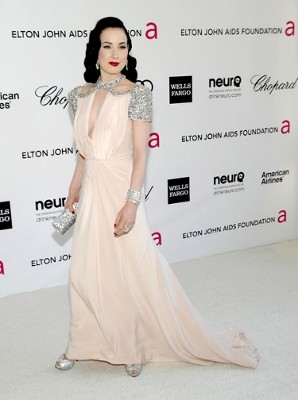
![gwyneth_paltrow_2012_oscars[1]](http://www.filmnoirblonde.com/wp-content/uploads/2012/02/gwyneth_paltrow_2012_oscars1.jpg)

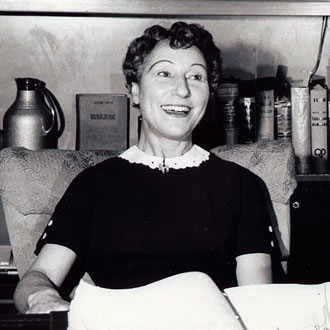

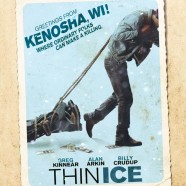
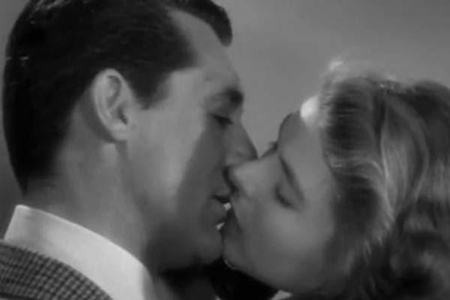
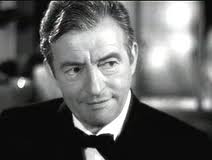
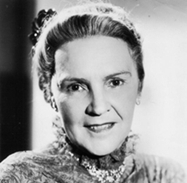
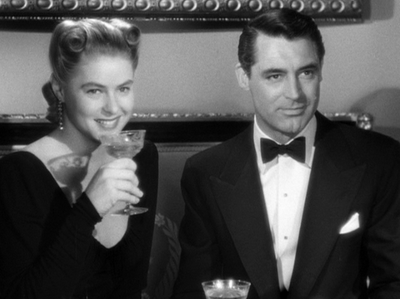
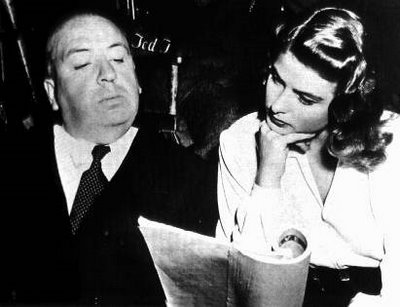
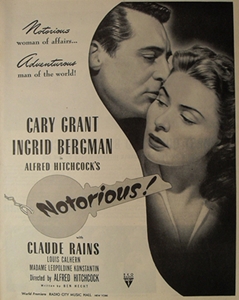
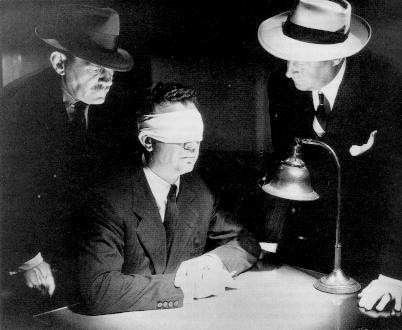
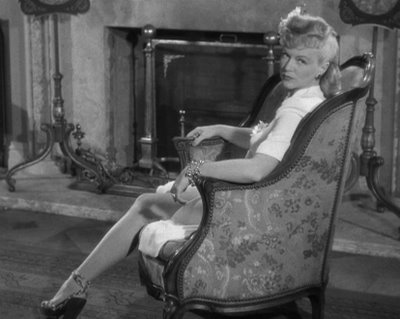
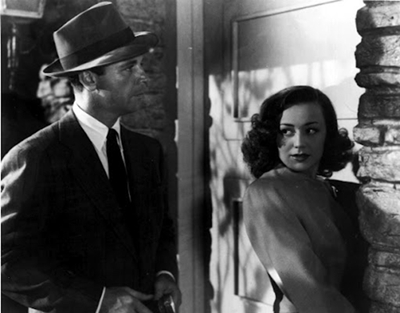
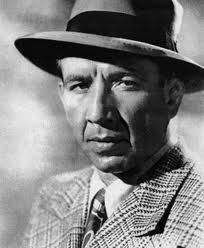
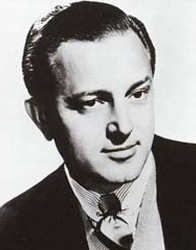
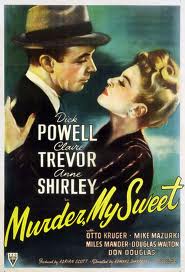





From FNB readers